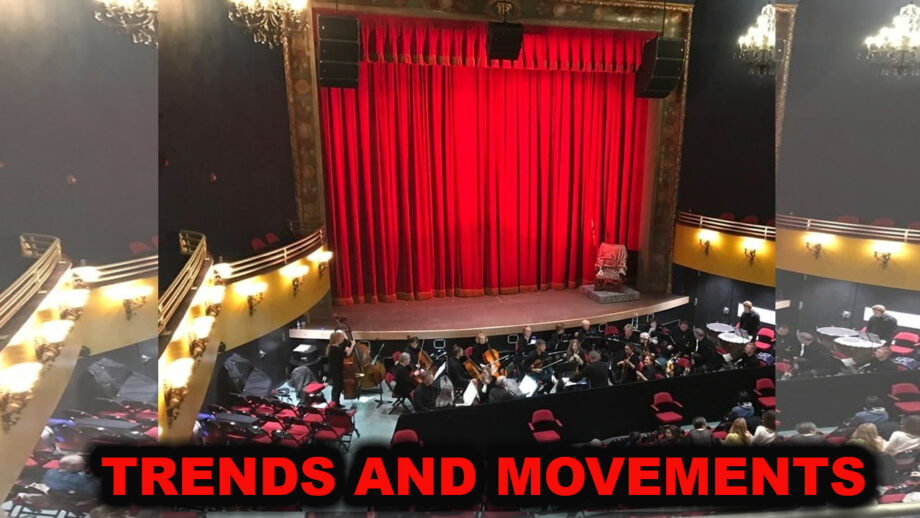One of the oldest forms of Asian and Indo-European theatre, Indian theatre industry is defined by the dramatic performances which are elevated by the inclusion of dance, music and stirring narrative. Since its inception, the influence of Indian theatre has been widespread – extending to countries in the Far East.
Sanskrit theatre was one of the earliest forms of classical Indian theatre and is believed to come into existence as a result of Alexander the Great’s conquest of India.
Theatre is an important social instrument and has the power to move not just the masses but also societies, authorities, and even governments. Perhaps, this is the reason why, across the world, the theatre has evolved to adapt to changing times and to attract newer generations. According to Waman Kendra, director at the National School of Drama, the theatre has survived in the age of instant gratification from streaming services like Netflix and Amazon Prime because it is the only live medium which gives the actor and audience to interact with each other.
Street theatre is one form of the performing arts that still sees involvement from a considerable number of youngsters despite the fact that there is no specific paying audience. Although a fair number of things have remained constant, there are as many things that have changed.
For instance, twenty years ago, theatre groups would have declared war if their actor was shared. Today, it has become a fairly common practice to share not just actors, but also writers, directors, and technicians with different theatre groups. Yet another example of the changing theatre industry is the fact that convincing theatre actors or directors or writers to attend a training workshop to hone their skills was almost impossible. On the other hand, today, it is commonplace rather than an exception, to seek out and conduct training in order to explore more working opportunities.
Yet another change that the Indian theatre industry has seen is the creation of theatre spaces by the theatre artistes themselves.


